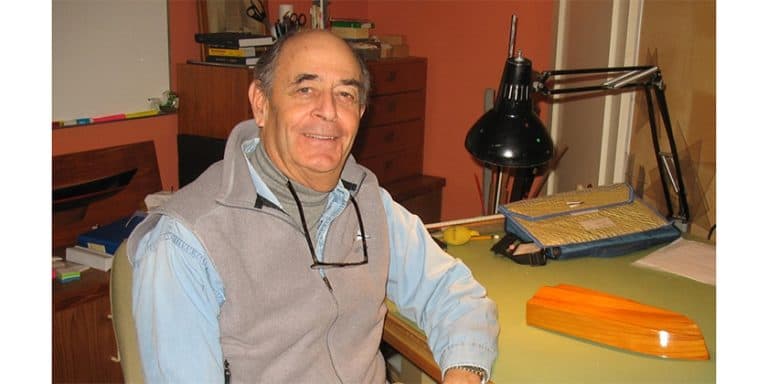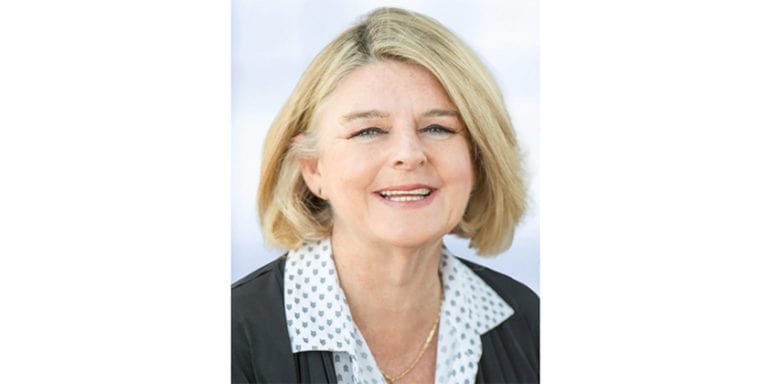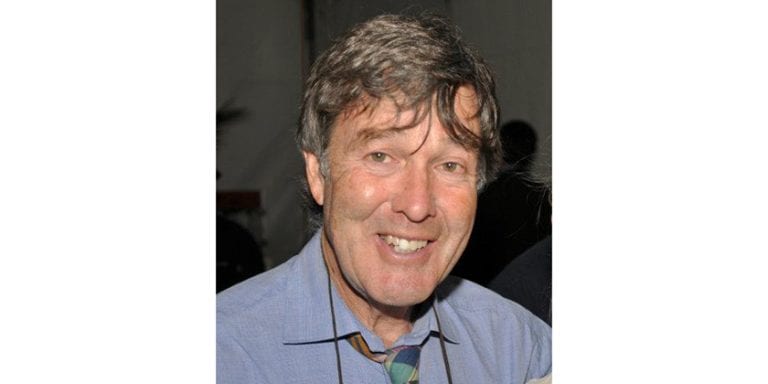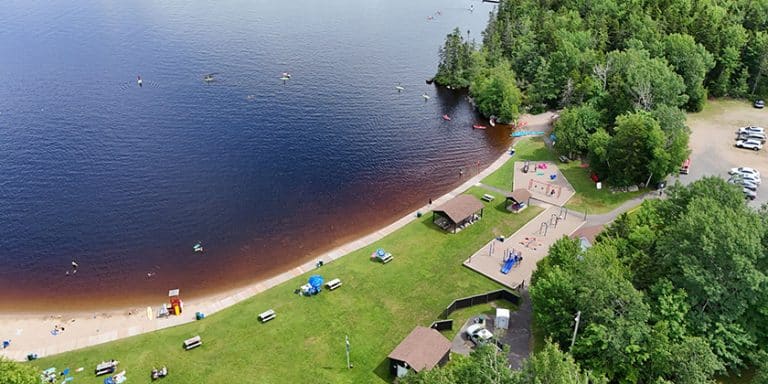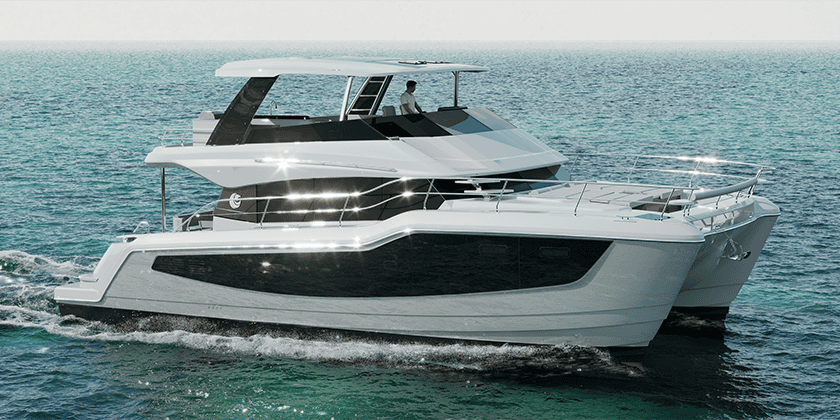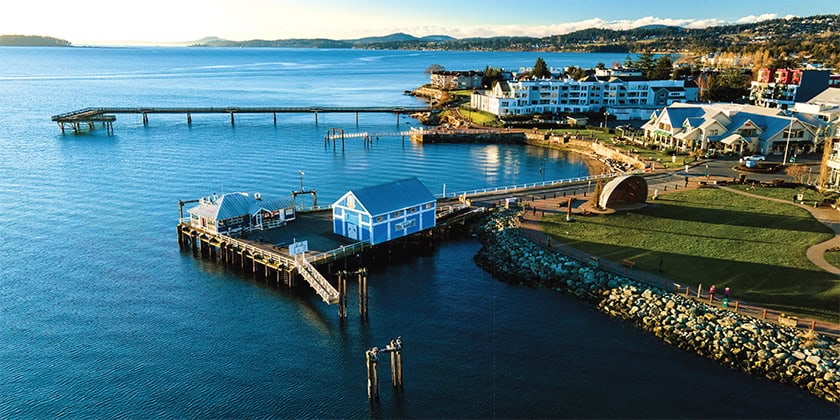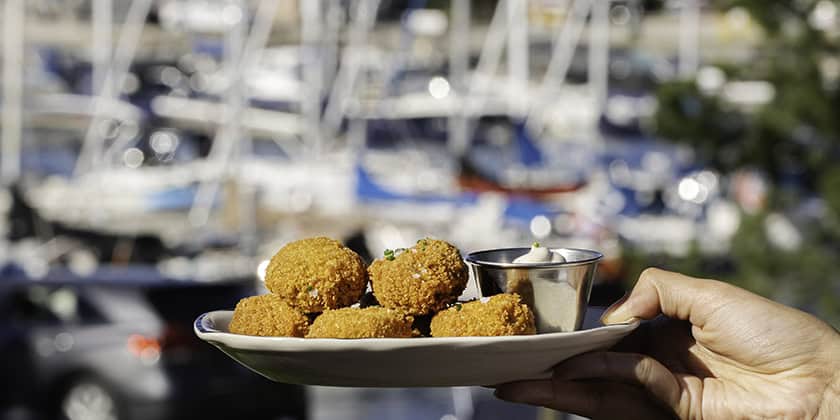Boating History of Canada, Part 2
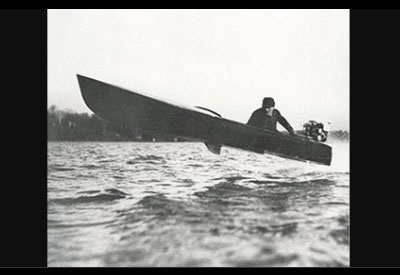
We left off Part 1 at the year 1914, and will here pick it back up, running through until 1944 covering the years from the start of the First World War and stretches to the end of the Second World War. This period saw meaningful change across the globe both socially and technologically. The war machine drove the advancement of technology, a force that effected the boating industry here at home and abroad.
As we saw in the last article the rise of the gas motor was changing the way people were boating, and this translated into an eruption of boat builders and watersport across the county.

But first a note on the war effort. The Royal Canadian Navy has roots as far back as 1909 but didn’t officially gain its title until 1911. In the First World War our navy wasprimarily involved in patrolling the East and West coasts of North America with our seven-vessel naval force.

During the Second World War, we took a more active role, patrolling much of the Northwest Atlantic and taking part in numerous naval engagements. At the end of the war the Royal Navy of Canada was one of largest naval forces in the world, with 375 combat ships and various other commissioned vessels. The Royal Canadian Navy is attributed with sinking 31 enemy U-boats, and sinking or capturing 42 enemy vessels while only losing 22 vessels. As Canadians we completed 25, 343 merchant crossings. Throughout the war nearly 2000 Canadian sailors bravely gave their lives fighting for the freedom we have today.

Boating at home was less grim. As mentioned there was a proliferation of boat builders, including many that had already been in operation but expanded on their introduction of the gas engine. Ditchburn Boats, locating Gravenhurst, Ontario, had been in business since 1871 building canoes and row boats but the business really took off when they began building high powered racing boats, including the highly desirable Rainbow model. The Rainbow III, a 25-foot boat with a Packard Six engine, raced in the 1923 Gold Cup, and although failing to win it later set a record on Lake Muskoka running 1,064 miles in 24hrs. Unfortunately, the company succumbed to the woes of the Great Depression, but many of their boats have become highly desirable to boat collectors.

Other companies, like Giesler Boats Builders in Powassan, Ontario took a different approach to boat building. In 1920 Barney Giesler’s blacksmith business was slowing and he decided to turn his attention to his favourite past-time, fishing! Being in Powassan Barney regularly fished Lake Nipissing, which can get quite rough at times. Needing a good boat, he decided to make one that would service his needs as a fisherman and in 1921 B. Giesler and Sons Boat Builders was founded. Today Giesler Boats is still family run and builds over 20 models of traditional wood boats and canoes.

Recreational fisherman weren’t the only ones to have significant advances made to their most important equipment. The period in question saw leaps and bounds in the east coast fishing industry, including government regulations and a full ban on trawlers in the 1930’s. But the second World War brought on another boom and with-it government subsidies and loans aimed at strengthening Canadian fishing fleets. Advances in radar, radio, sonar, nylon lines and nets, larger hulls, better engines and hydraulics all significantly advanced the fishing industry and allowed it branch out in new and untapped areas.
We mentioned above a little about boat racing in Canada, and I would be remiss if I did not make mention of one of the most famous Canadian racing boats, the Nova Scotian schooner Bluenose! The schooner has a long history of working and racing.

She was launched in 1921 as a fishing vessel, but her true purpose and glory resided in racing, particularly against our southern neighbours, and she won far more races than were lost. In 1938, she participated in one final race against the American schooner Gertrude L. Thebaud in a best of five series. Deadlocked at 2-2 her long-time skipper. Angus Walters, pleaded with her, “One more time old girl, just one more time.” She heard his plea and decisively won the race, averaging a speed of 14.15 knots, the fastest pace a canvassed vessel has ever recorded on a fixed course. During the War Bluenose was used as a freighter in the Caribbean, eventually sinking somewhere off the coast of Haiti. No remains of the original Bluenose have ever been found, but in 1963 Bluenose II, an exact replica of the famous ship was launched.

It was mentioned in part 1 that motor boat racing began to take off in Canada. They were typically small, plywood built flat bottom hydroplane boats. Many of these were home-made, the only way average boaters could afford to enter the sport. Clubs popped up across the country as Canadians embraced the thrill speed boat racing. Not only was it thrilling but also highly dangerous, the wearing of safety equipment like a helmet was not adopted until after World Ward Two. Although it may not seem fast compared to speed boats today, in 1936 the Vancouver Sun reported that George Hynek, the 1936 Pacific Northwest Champion, had his class C boat up to 38.97 miles per hour, a startling speed for a very small watercraft. Another boat in a larger class, driven by Rolly Hubbard, was clocked at 66.66 miles per hour. Since gas motors have been fixed to boats we have been racing them, and the sport continues to grow even today.

Beyond racing and fishing Canadians began to embrace other watersports that arose from the introduction of motorized boating. In 1922 American Ralph Samuelson invented waterskiing, adapting it from traditional snow skiing. The new sport didn’t make its way to Canada until the 1930’s, but it rapidly spread in popularity when it did. Waterskiing, as we will see in part 3, was the precursor to the cornucopia of watersports that involve being dragged behind a watercraft, even if it sounds a little odd to put it that way!
The end of World War 2 had significant positive impact on the North American economy, and the boating industry swelled because of it. The next 55 years, up to 1999, saw a proliferation of boating culture, from canoeist to yacht owner the industry deepened to service the needs of every Canadian that enjoyed stepping off dry and onto the plethora of watercraft that traverse Canadian waterways.
Literary Sources:
Canadian Council of Professional Fish Harvesters, http://www.fishharvesterspecheurs.ca/fishing-industry/history
Nova Scotia History, https://bluenose.novascotia.ca/history
Giesler Boats, http://www.gieslerboats.ca/
Ditchburn Boats, http://ditchburnboats.ca/
Canadian Encyclopedia, http://www.thecanadianencyclopedia.ca/en/article/water-skiing/
Canadian Museum of History, http://www.historymuseum.ca/cmc/exhibitions/hist/lifelines/linsh01e.shtml
Nauticapedia, http://www.nauticapedia.ca/Articles/Outboard_Racing.php
Image sources in order of appearance:
Evinrude 1929, http://www.evinrude.com/en-US/innovation-technology/timeline.html
HMCS Arrowhead, http://readyayeready.com/ships/shipview.php?id=1019
HMCS Athabaskan, http://www.navy-marine.forces.gc.ca/en/navy-history/athabaskan.page
Ditchburn Boats, http://ditchburnboats.ca/
Giesler Boats, http://www.gieslerboats.ca/
Nova Scotia History, https://bluenose.novascotia.ca/history
Bluenose II, http://www.thecanadianencyclopedia.ca/en/article/bluenose/
Early Racing, http://www.nauticapedia.ca/Articles/Outboard_Racing.php
About the Author, Owen Hurst

Not only is Owen an avid boater but he is also an enthusiastic historian with a Master’s degree in Classical Studies. He takes pleasure in research and applying his love of history with his passion for boating.
There is little he enjoys more than an early morning coffee and book on the deck of his home on the shore of Georgian Bay.

